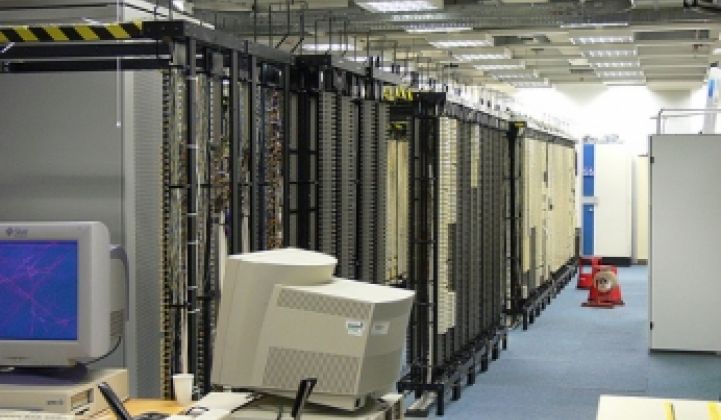Mark Bramfitt, principal program manager in the energy efficiency group at Pacific Gas & Electric, is having a slightly off year when it comes to data centers.
In 2007, Bramfitt's organization spent around $4 million in subsidies for businesses to retrofit and/or build data centers with an eye toward reducing energy and eliminated about 4 megawatts of power demand. In 2008, it spent $8 million and offloaded 7.5 megawatts.
In 2009, the totals will come to around $8 million and 7.5 megawatts. That comes to 19 megawatts eliminated for $20 million in the last three years. Still, subsidies are flat this year because companies aren't coming up with their own capital to qualify for the programs.
"We're not on track to double this year," he said. "My goal is to move this subsidy solidly into double digits."
When capital budgets improve, Northern California companies will likely more than try to pitch into help him. PG&E has become one of the significant players when it comes to demand for servers and PCs because the subsidies can cover a significant portion of the cost of new equipment. (Bramfitt will speak at the Flash Memory Summit on August 11 in San Jose, Calif.)
Storage giant NetApp, for instance, rebuilt its datacenter with a $1.4 million dollar rebate from Pacific Gas and Electric. The changes save approximately $1.2 million in power bills a year.
The new data centers, meanwhile, ease pressure on PG&E to generate power. Data centers consume around 2.5 percent of the power in Northern California and the total consumed by data centers in the area has grown by 15 percent in the past year.
So what technologies make the biggest dents? In older data centers getting retrofitted, some of the large energy gains come from virtualization and better air flow management, he said. In new data centers, the gains come from efficiency, uninterruptable power supplies, and cooling systems that rely on ambient air.
"Not running compressors [for the air conditioning system] saves NetApp 6,000 kilowatt hours a year," he said.
Some companies, such as Sandforce, have also touted swapping out hard drives with flash to cut power. Whether and when that will occur will be a big issue for computing over the next two years.
PG&E has begun looking at ways to cut the power associated with storage. One technique that could pay power dividends is called "thin provisioning." Most corporations reserve way too much storage for their needs. Reducing that number can potentially cut down power going to air conditioners and storage devices.
And then there is "de-duplication." Whenever you send out a press release or goofy office party photo, that document gets duplicated several times. "There is a tremendous amount of promise" for reducing power through this.
Unfortunately, PG&E may not be able to come up with a subsidy program because the amount of storage dedicated to attachments is too difficult to predict.
Image courtesy Flickr / Creative Commons
Interact with smart grid industry visionaries from North American utilities, innovative hardware and software vendors and leading industry consortiums at The Networked Grid on November 4 in San Francisco.




